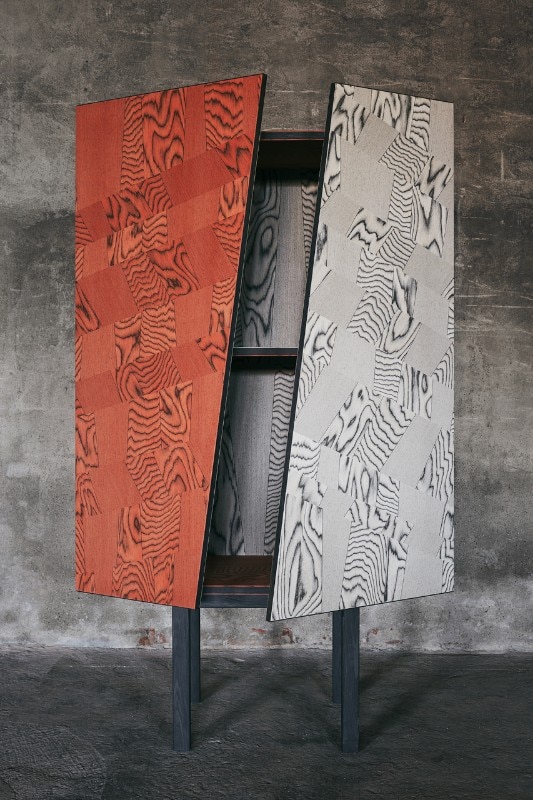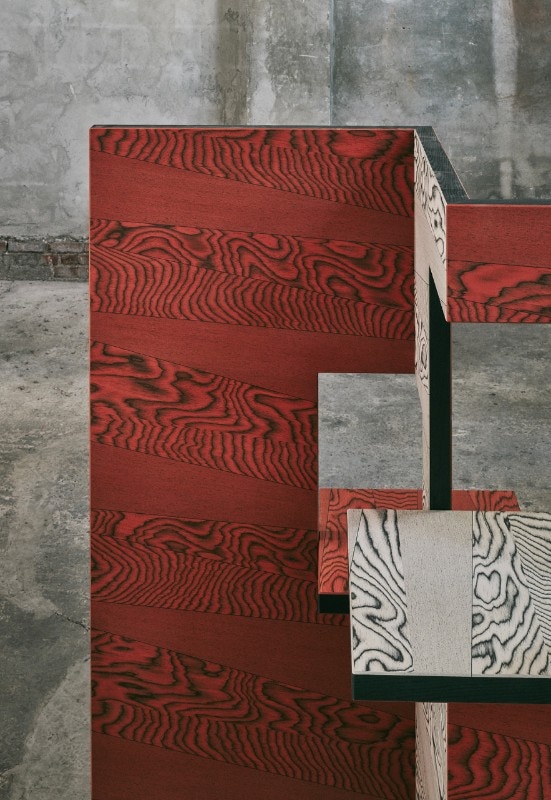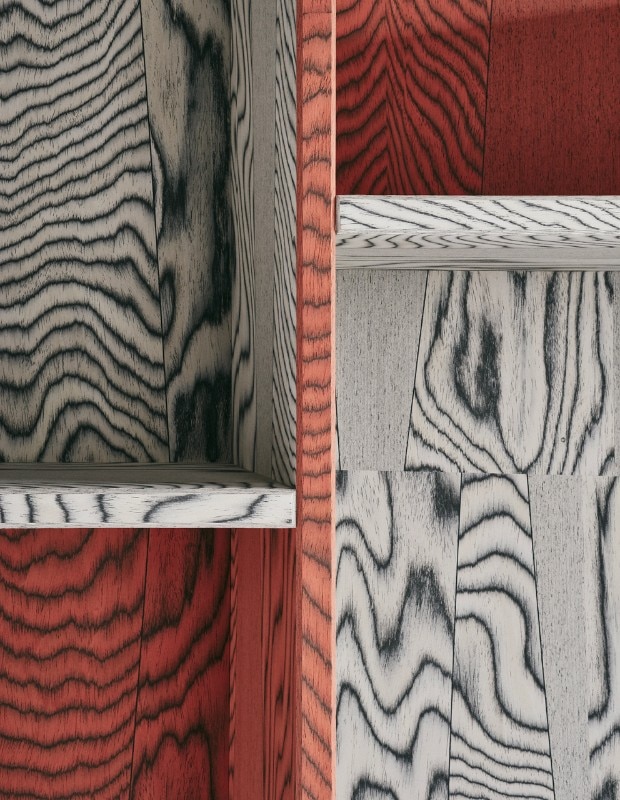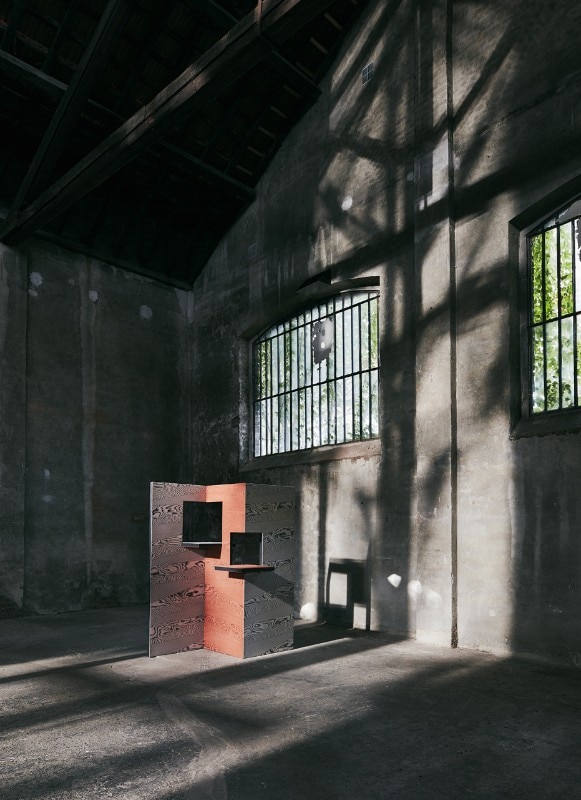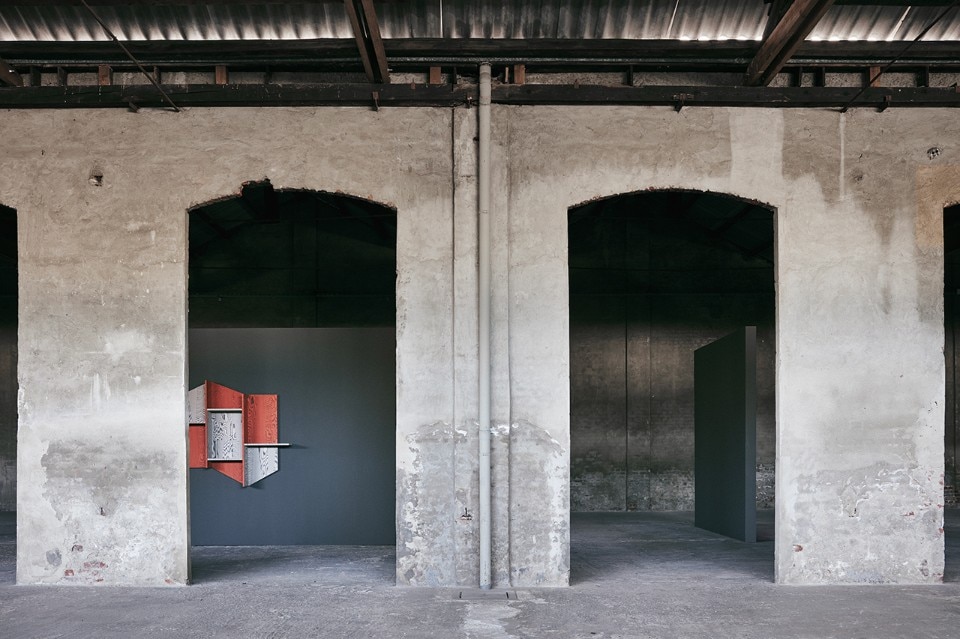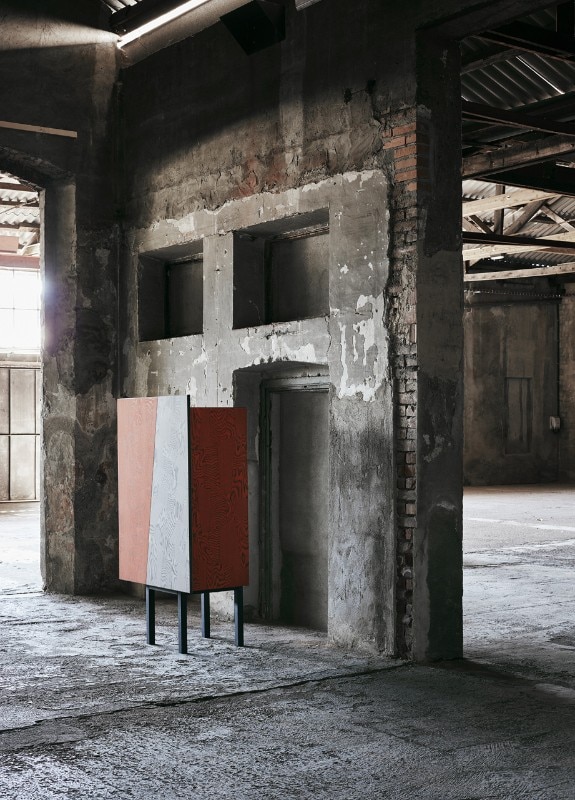Re – Connection exhibition interfaces the different design approaches of the two designers for ALPI materials, with the innovative wood pattern realized for the company by Ettore Sottsass at the beginning of the 1980s and the interpretation of Martino Gamper. Two stylistic visions that come together in this material to narrate a story of material and creative reconnections: on the one side a new release of the Alpi Sottsass collection that recaptures the design produced by the master in its original colors, on the other a development of this wood surface in pieces of furniture realized exclusively by Martino Gamper.
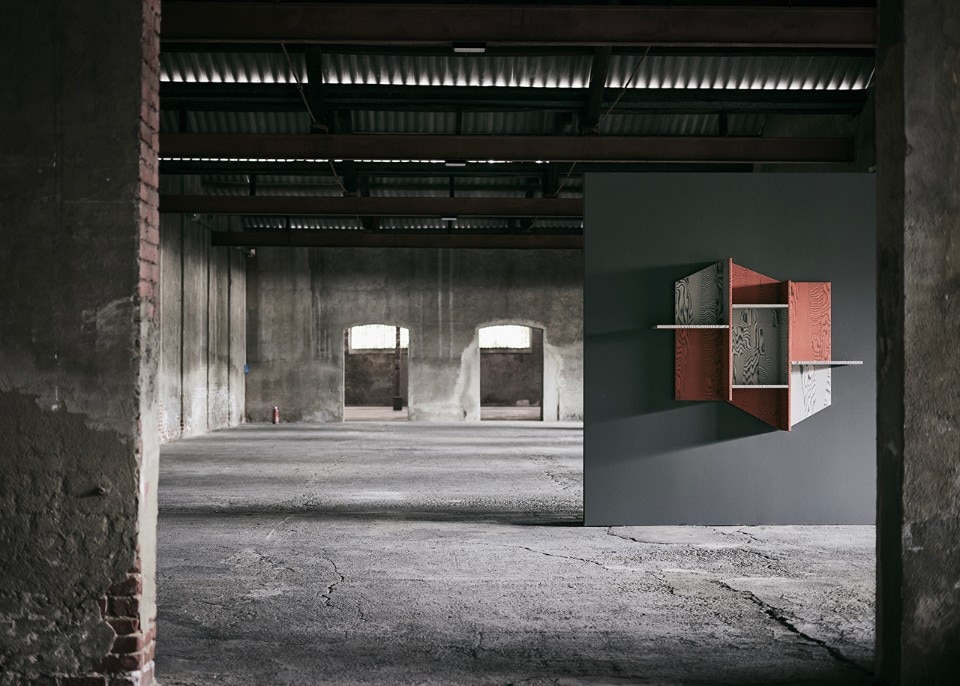
At the beginning of the 1980s, Ettore Sottsass and Alpi began what was to become a profound and close collaboration. The Alpi wood surfaces became an instrument for the master's artistic design, who redefined and reworked the material through his own extroverted and ductile language and his creative energy. In this way an innovative pattern was born which Sottsass first used in the 1985 Memphis collection and then for later works. Sottsass's design, in the four colors of red, orange, brown and grey, now forms part of the extensive range of Alpiwoods. These Alpi Sottsass woods recapture the colors of natural woods, accentuating their value and exalting their texture through the distinct markings of the veining, evoking the unusual and irreverent combinations of the language of the master.
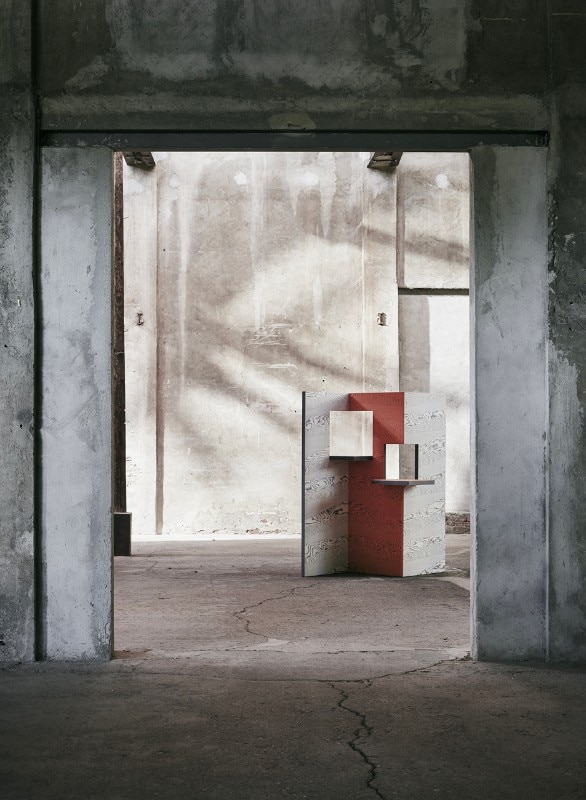
An unfettered experimenter, Martino Gamper offers his personal interpretation through three exclusive designs of pieces of furniture presented in the exhibition: a cabinet, a hanging library and a screen. Gamper has reworked the material and reintroduces it in unexpected combinations and juxtapositions, modifying both line and form while maintaining its original identity. The designer worked directly on the Alpi wood, cutting it at different angles to realize three new veining designs that differ from Sottsass's original. He subsequently reconnected and reassembled the pieces to create a new pattern used to realize the works on display.


